Amid the influx of Chinese vehicles, Vinfast wants to make a name as the newest car brand to enter the Philippines. It officially made its local recently, aiming to carve out a niche with a distinct lineup of full EVs.
Established in 2017 in Haiphong, Vinfast is the first Vietnamese car brand to venture into global markets and expand into the production of electric cars and scooters. It was a quick development, with the switch to making full EVs starting only in 2022. While other automakers spend several years (even a decade) to switch from ICE to EVs, Vinfast practically did it overnight.
Spearheading this initiative is Pham Nhat Vuong, a Vietnamese property developer who became the country’s first billionaire. Vingroup’s businesses in Vietnam cover various industries like real estate, tech and AI, hotels and resorts, medical, and in this case, automotive.
A Visit to Vinfast’s Home
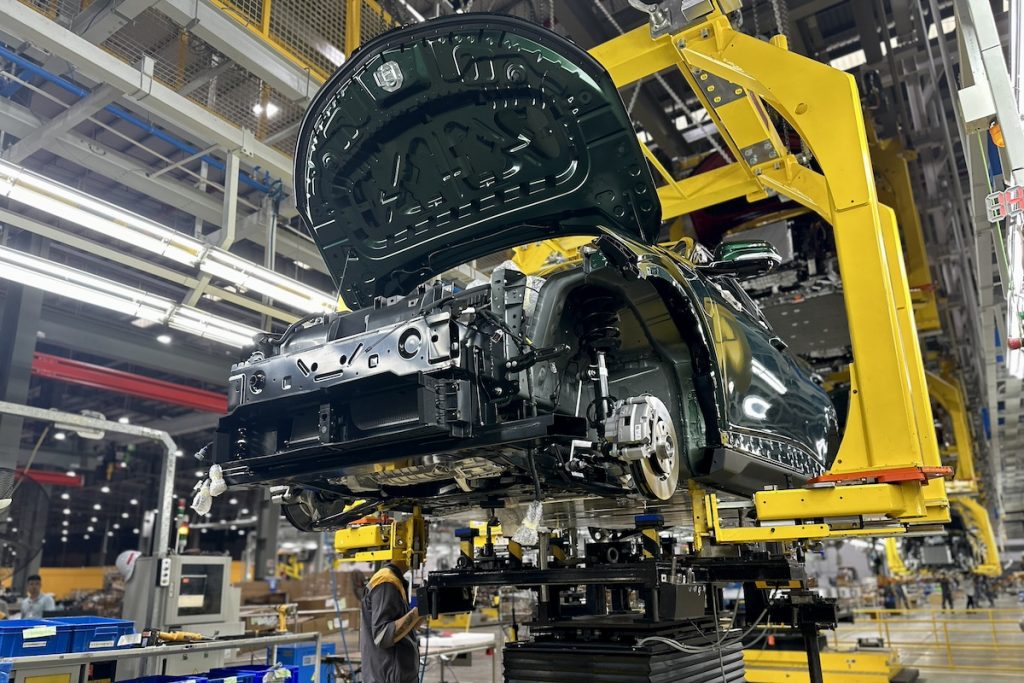
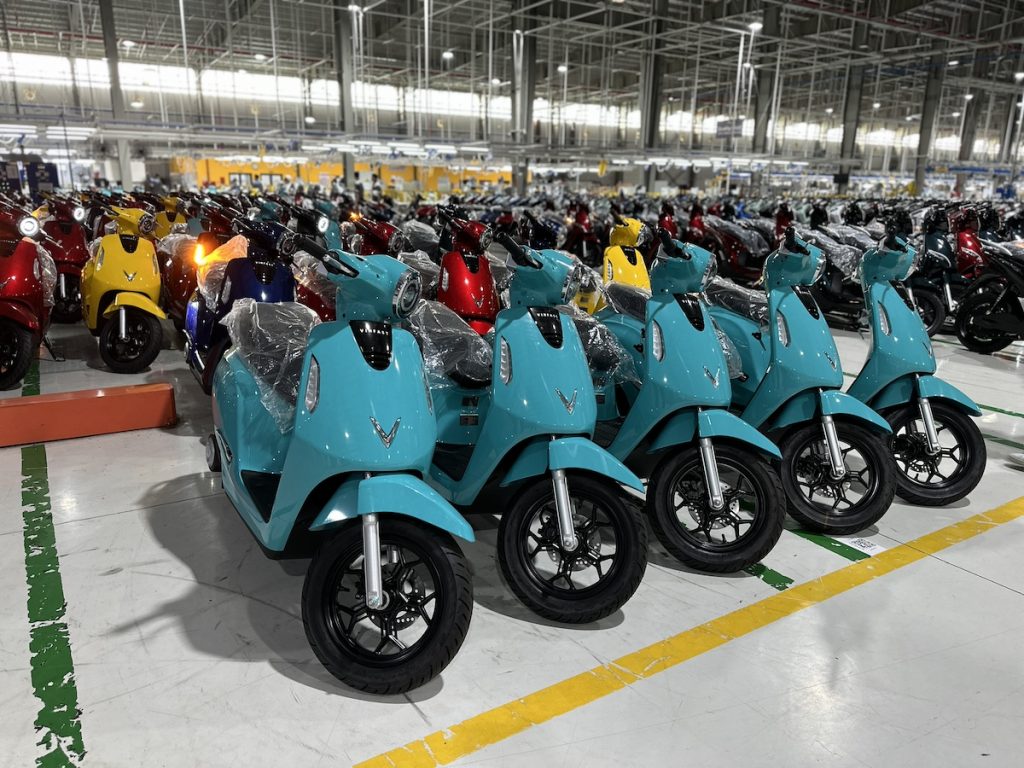
I recently joined a select group of automotive journalists and key opinion leaders (KOLs) to a visit in Vietnam, providing an exclusive opportunity to test its full lineup ahead of the Philippine launch. The visit included a tour of Vinfast’s manufacturing facilities, equipped with state-of-the-art machinery and bolstered by partnerships with major European conglomerates.
We also confirmed during the visit the EV lineup for the Philippine market, which includes the VF e34, VF 5, VF 7, VF 9, and the upcoming VF 3. Additionally, Vinfast will offer electric scooters.
Other information from the visit include how Vinfast EVs work. Taking the words out of Vinfast deputy CEO Stuart Kinkade’s mouth, Vinfast EVs are like smartphones on wheels. As such, software is an integral part of the vehicle.
That said, software updates, also known as Function Release Software (FRS) are important for the company, Kinkade shared that they constantly provide monthly over-the-air updates to fix bugs and provide improvements – just like a smartphone. This will also be the case in the Philippines, apparently.
How well do Vinfast EVs drive?
I got to sample some of the Vinfast EVs in a confined test course within the company’s vast compound in Haiphong, just an hour drive from Vietnam’s capital, Hanoi.
The VF 5 is currently the most affordable model (until the smaller VF 3 arrives). Comparable in size to the Toyota Raize, the VF 5 houses a 37.23 kWh battery capable of delivering around 300 km of range, although actual consumption varies based on driving conditions. Its exterior resembles a hatchback more than a crossover, benefiting from low ground clearance which enhances driving dynamics.
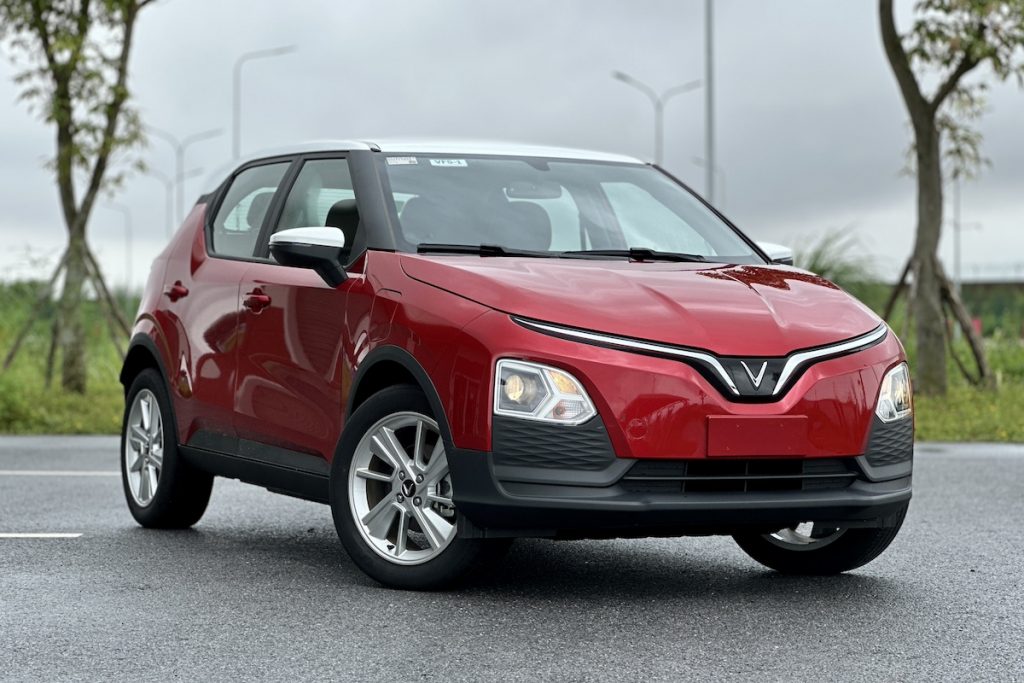
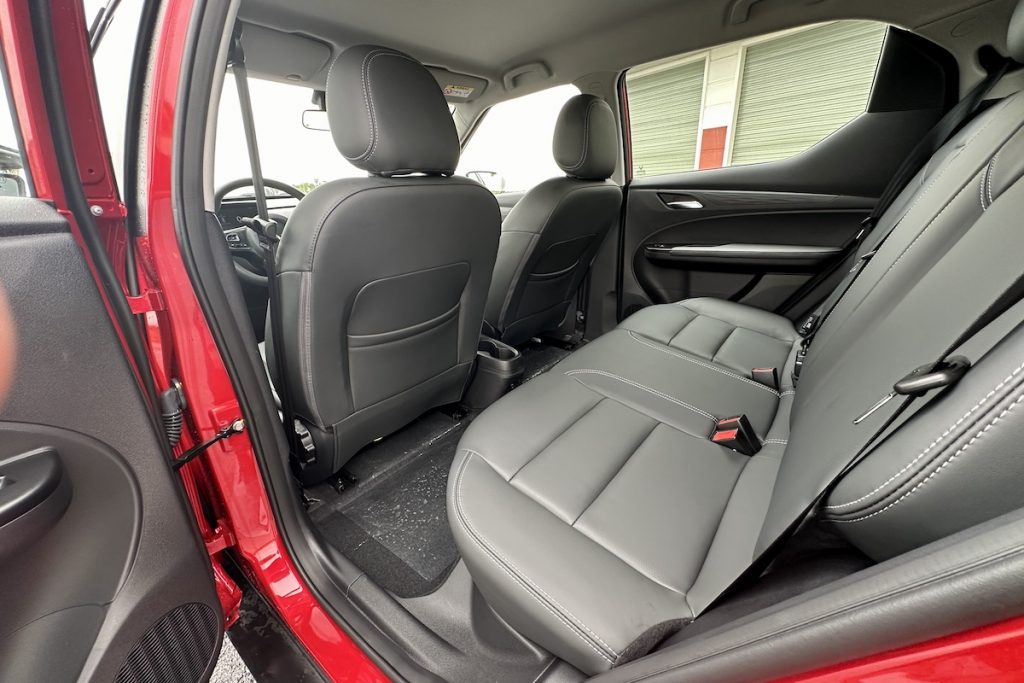
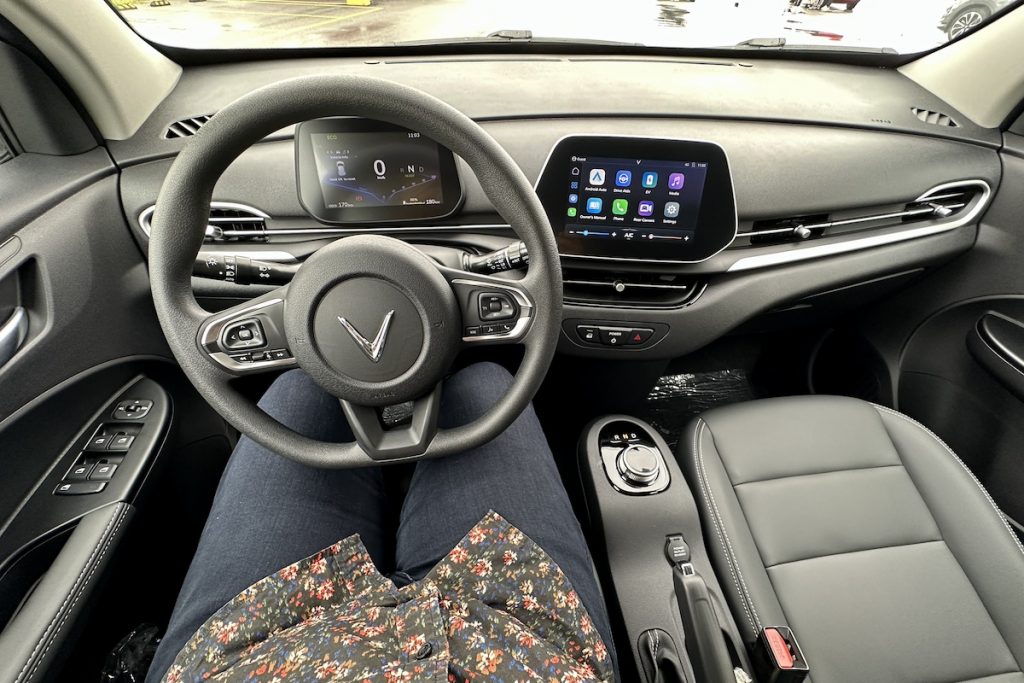
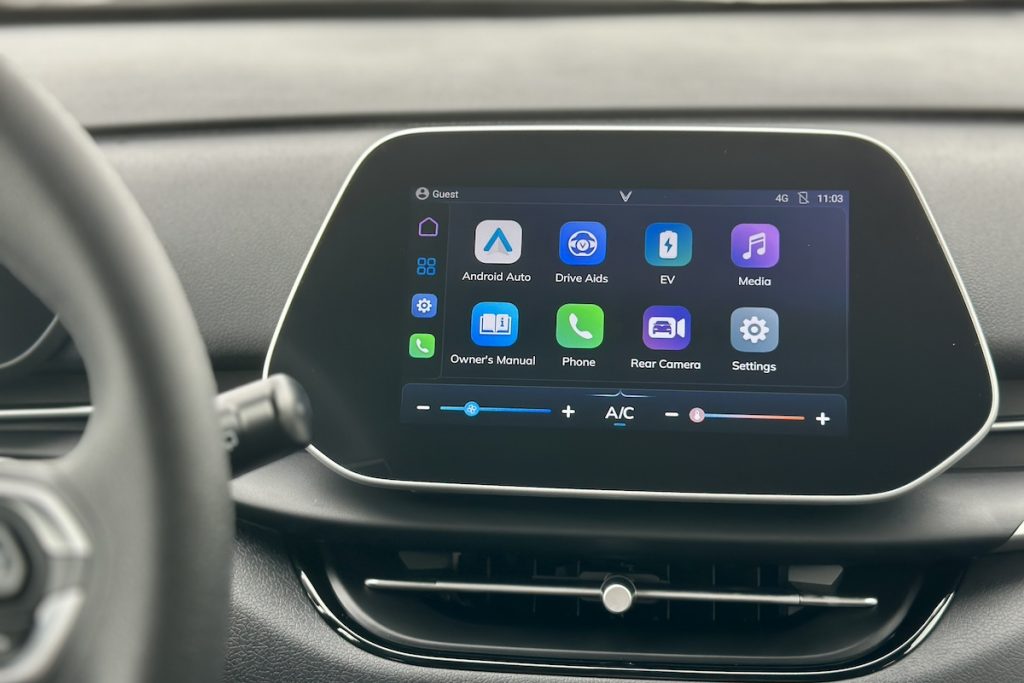
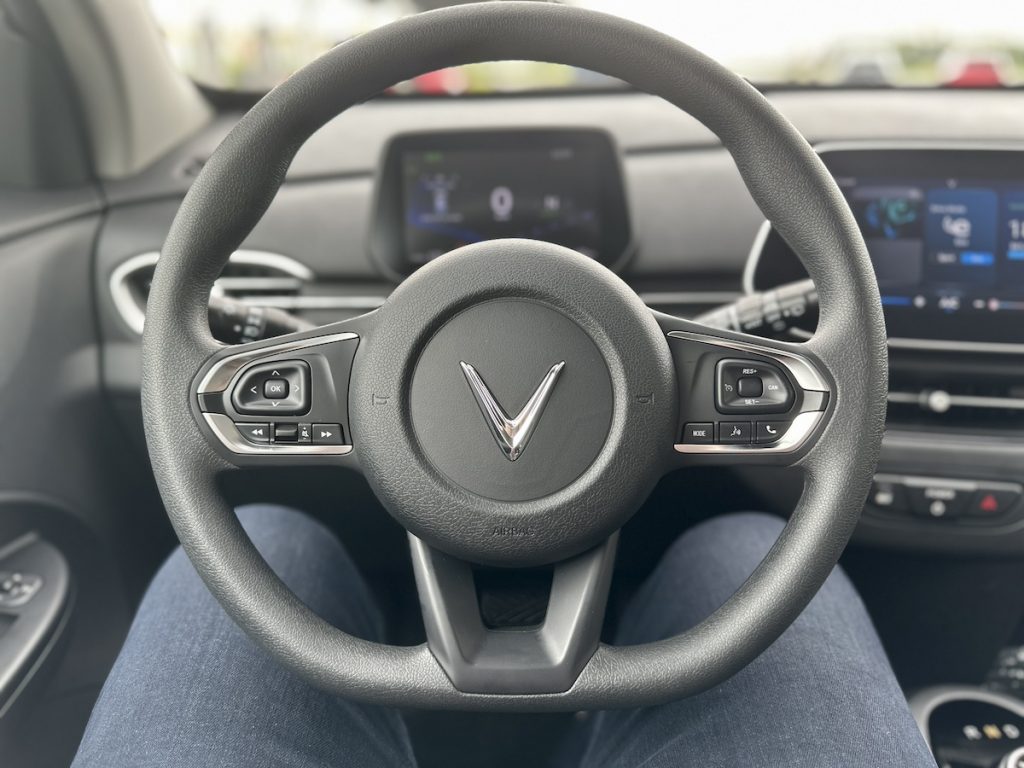
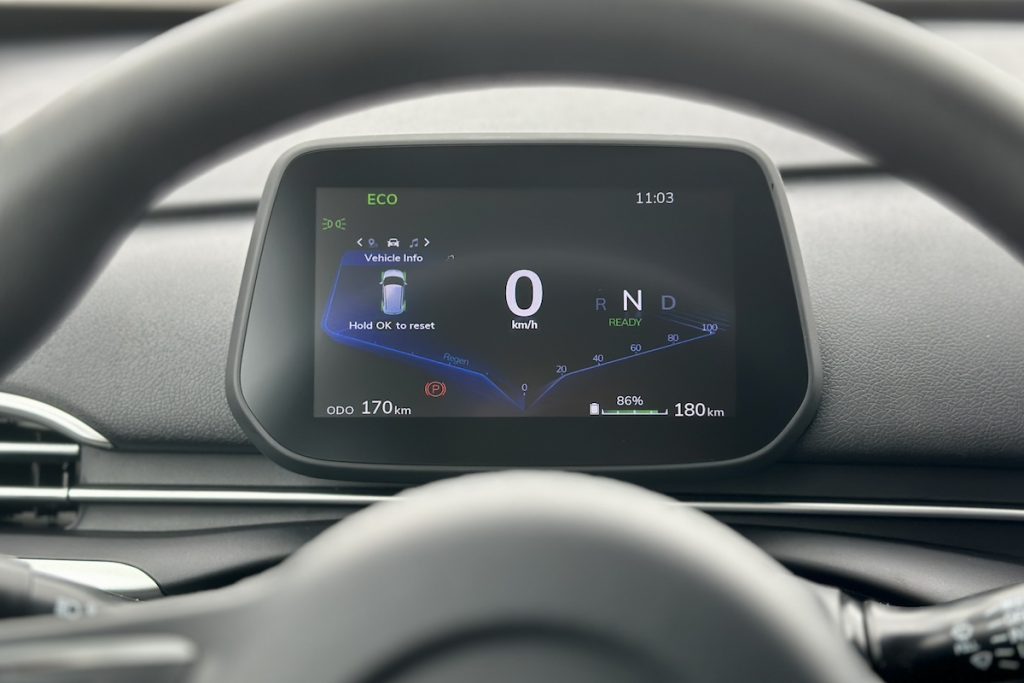
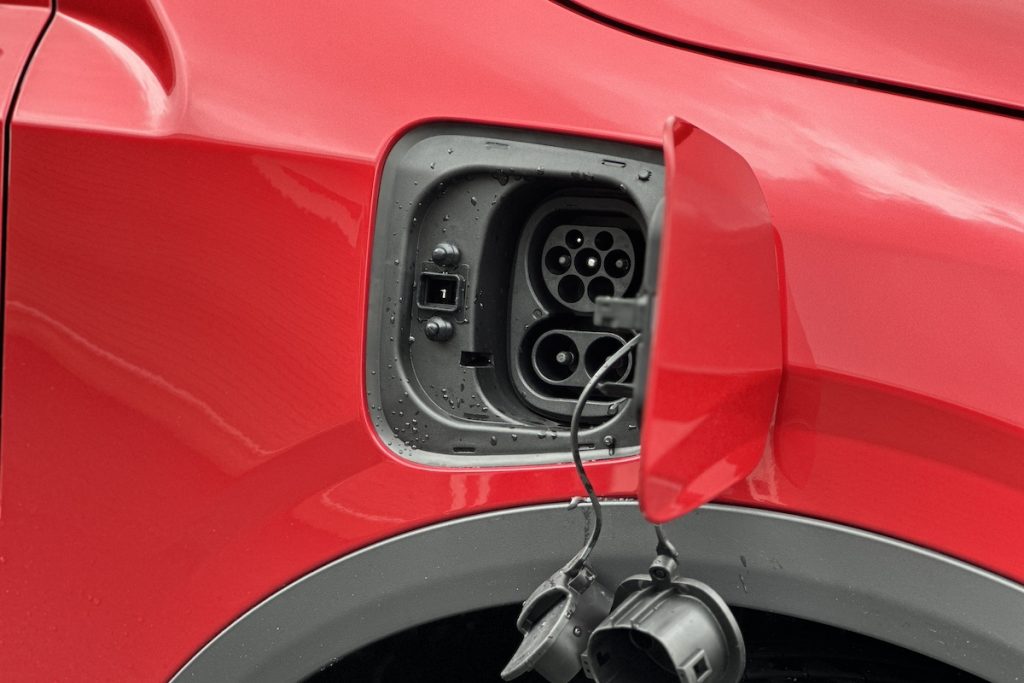
Vinfast visibly prioritized affordability with the VF 5, evident in its halogen lighting, cheap plastic materials, and basic LCD screens inside. These elements could use an upgrade to enhance appeal. That, or Vinfast should keep the price under PHP 900,000.
Despite these trade-offs, the VF 5 offers commendable driving performance with a 130-hp electric motor, front-wheel drivetrain. It handles fine and has a stable ride even at its top speed of 130 km/h. The controls, primarily operated through the infotainment system, require some getting used to, but overall, the car’s brakes, acceleration, and speed retention felt okay.
The VF 7 represents a significant upgrade from the VF 5, positioned as a larger alternative to competitors like the BYD Atto 3. Its design is striking and commanding, with full LED lighting and sharp styling that enhance its road presence. The VF 7’s 75.3 kWh battery is estimated to provide up to 450 km of range. Inside, the materials feel premium, featuring an advanced driver assist system, a heads-up display, and high-resolution screens with Apple CarPlay and Android Auto compatibility.
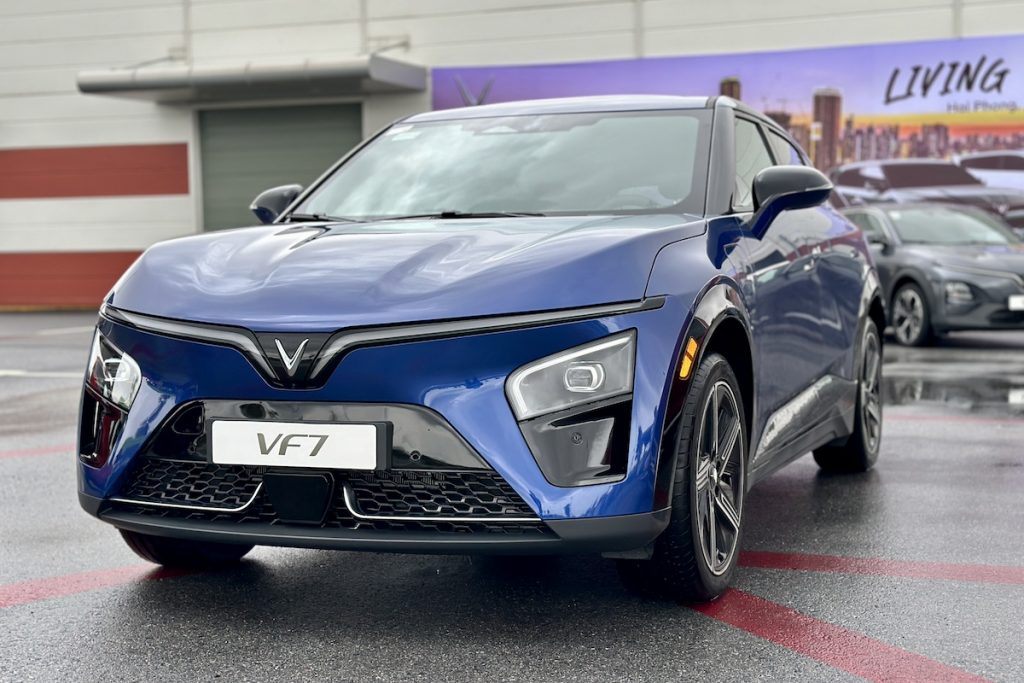
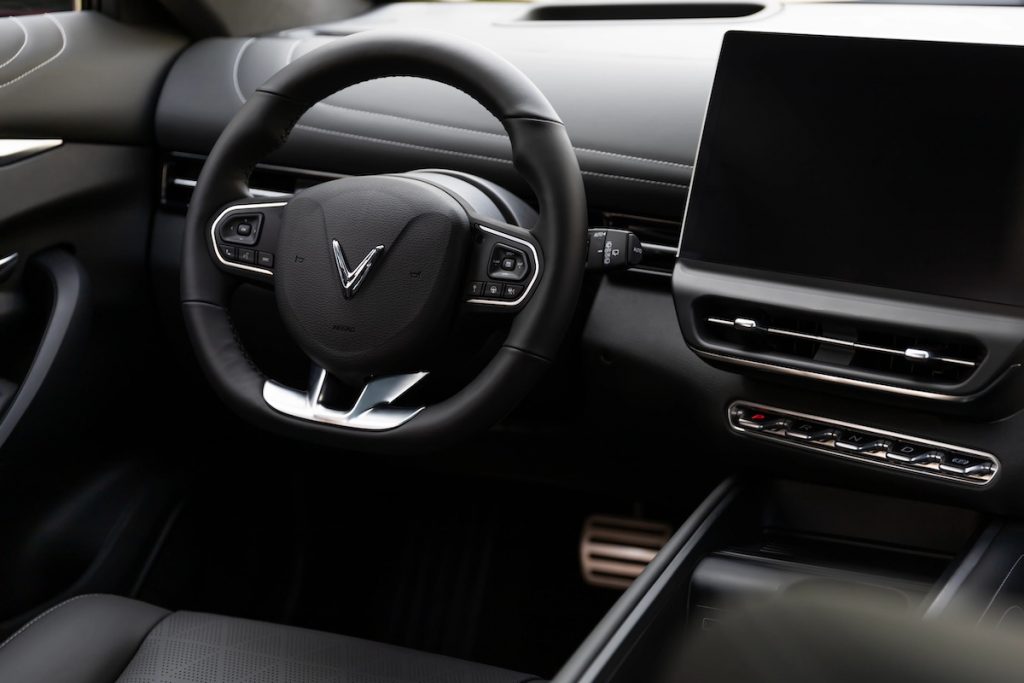
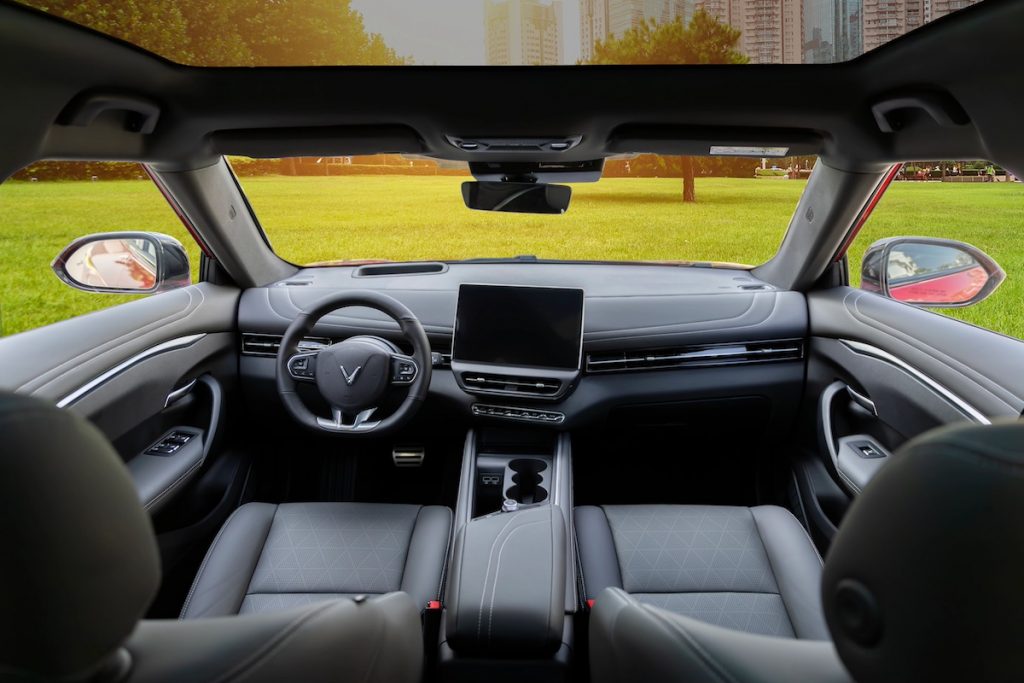
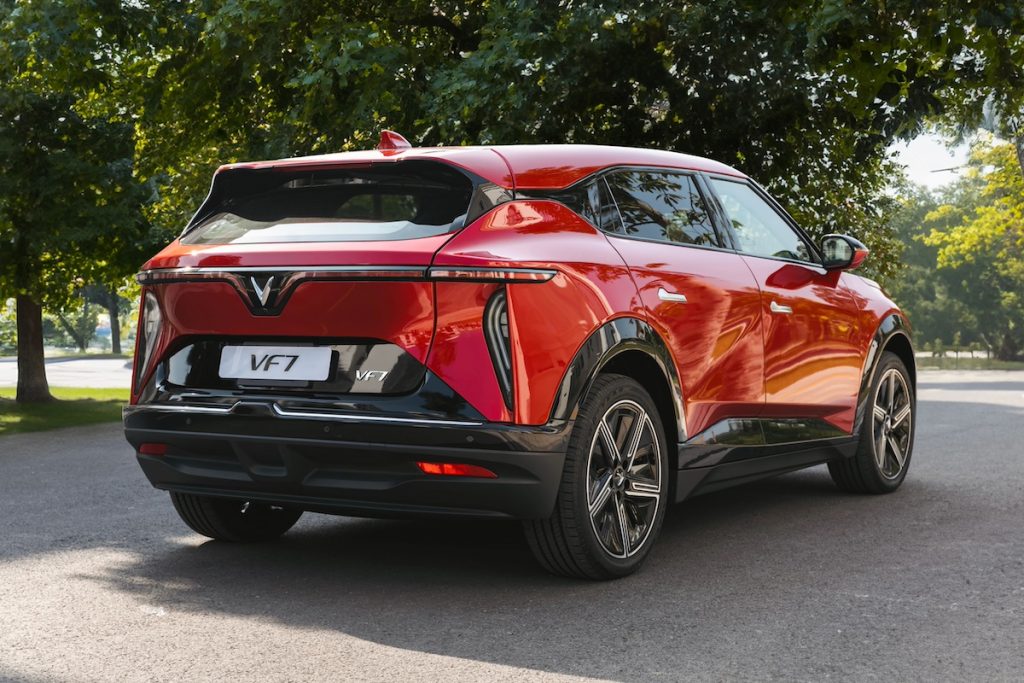
The VF 7 I tested had aggressive acceleration and maintained stability at high speeds (I reached 170 km/h – easily, if I may add), even under wet conditions on a confined testing course. With its tech and overall performance, it was an easy favorite for the attendees. It’s a promising contender, if priced competitively between PHP 1.5 million and PHP 1.8 million.
The VF e34 did not spark much excitement, as it felt somewhat dated compared to Vinfast’s newer electric models (it’s one of Vinfast’s first EVs, meant to bridge the gap between the automaker’s ICE-powered models and the new-generation EVs).
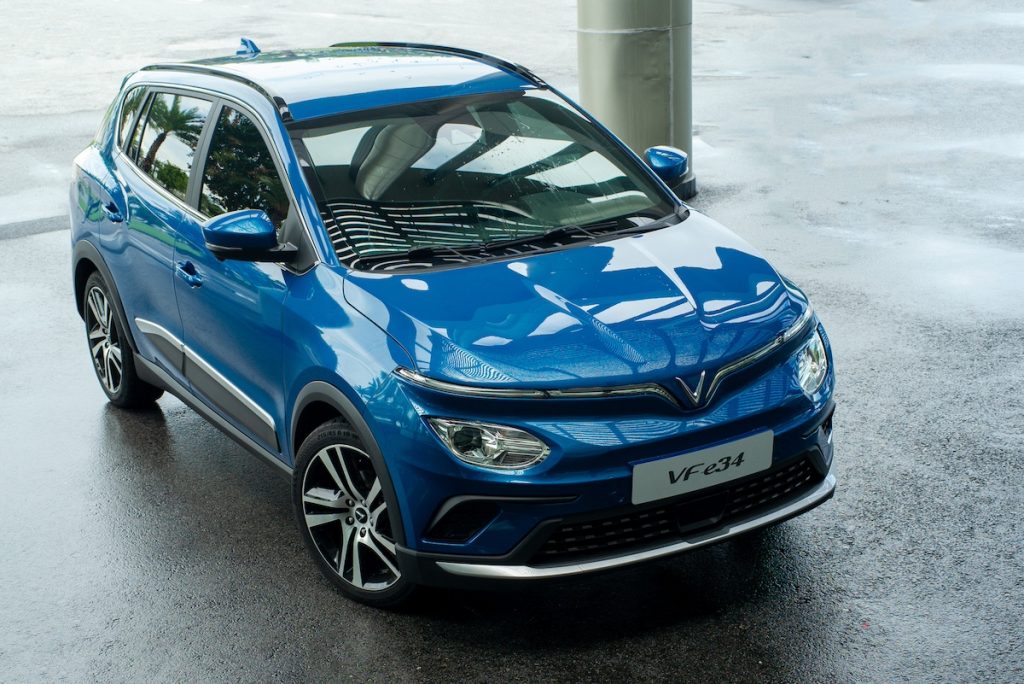
However, the VF 9, as the flagship model, did not disappoint. The VF 9 boasts an opulent cabin, high-tech features, captain seats in the second row, and a third-row sunroof. Its design and build quality could rival that of the Kia EV9. The VF 9’s spacious interior, complemented by a sporty sloping roofline, aligns with the expectations of a flagship vehicle. Unfortunately, I did not get the chance to drive the VF 9.
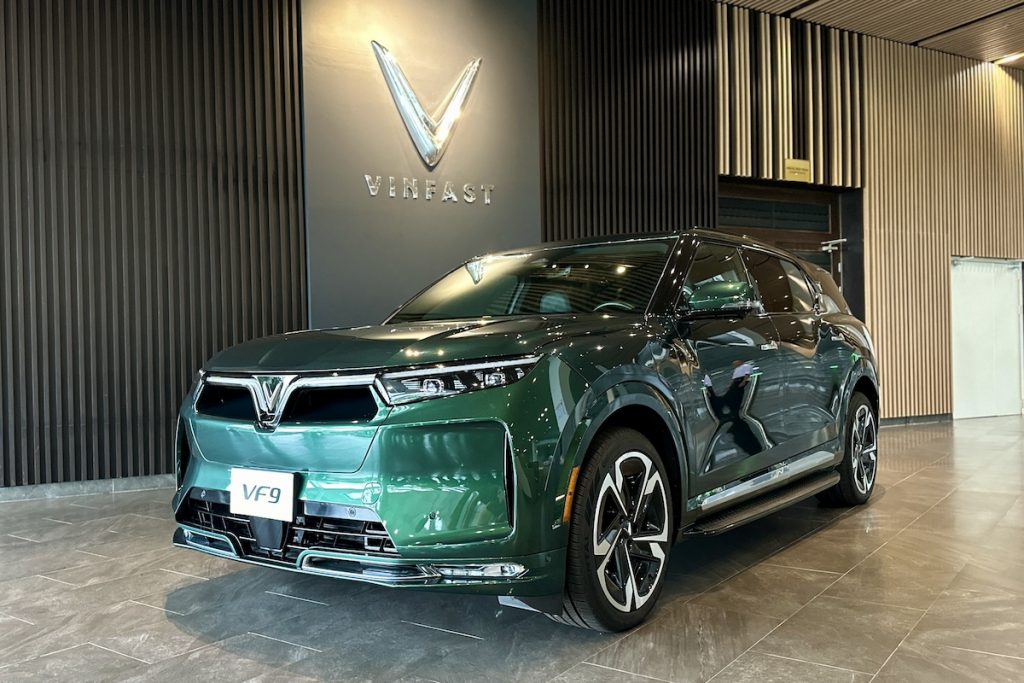
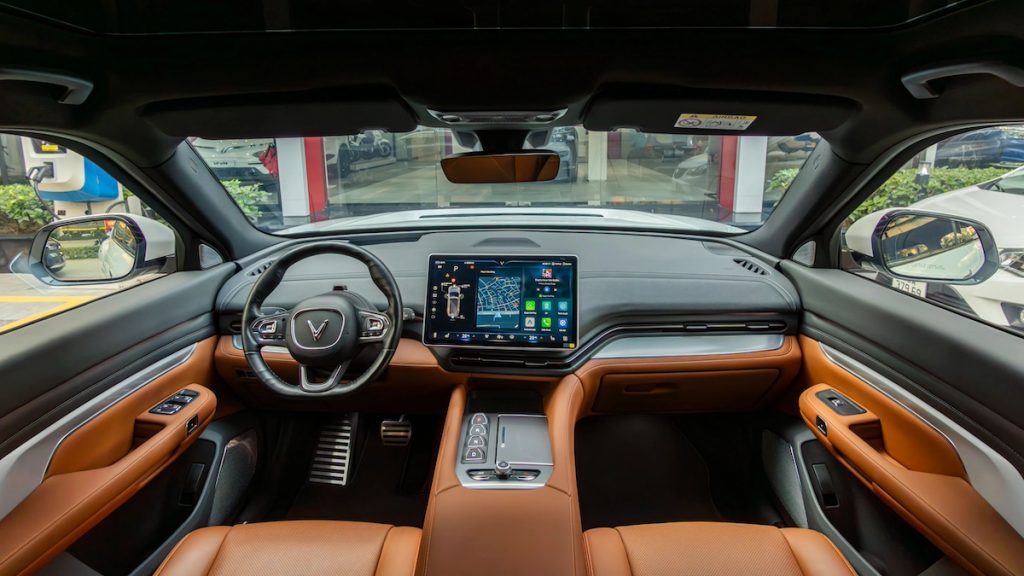
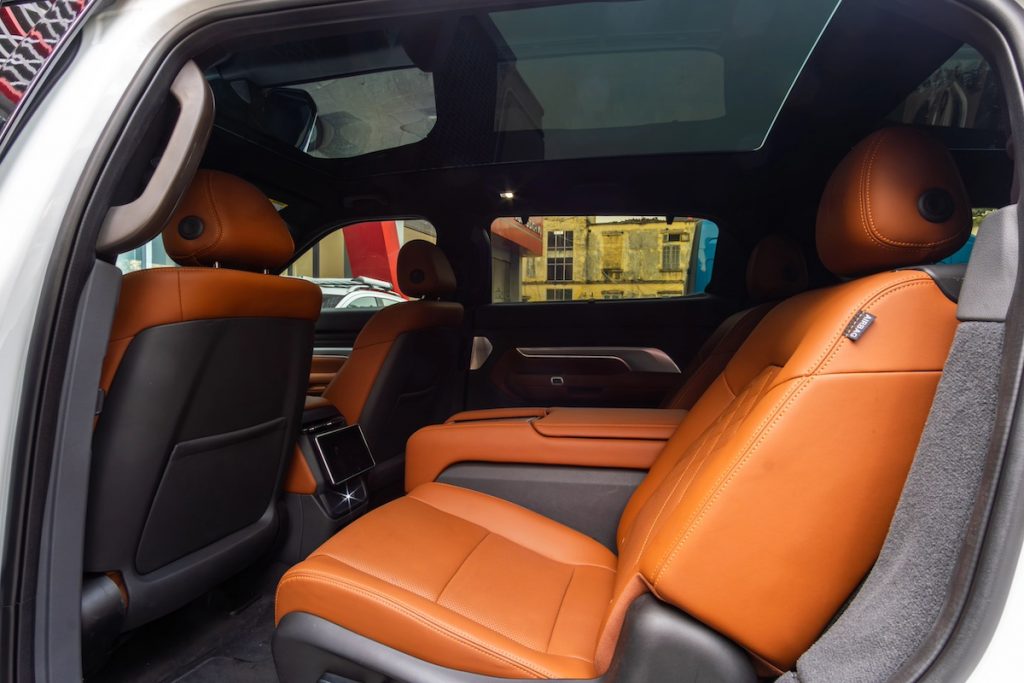
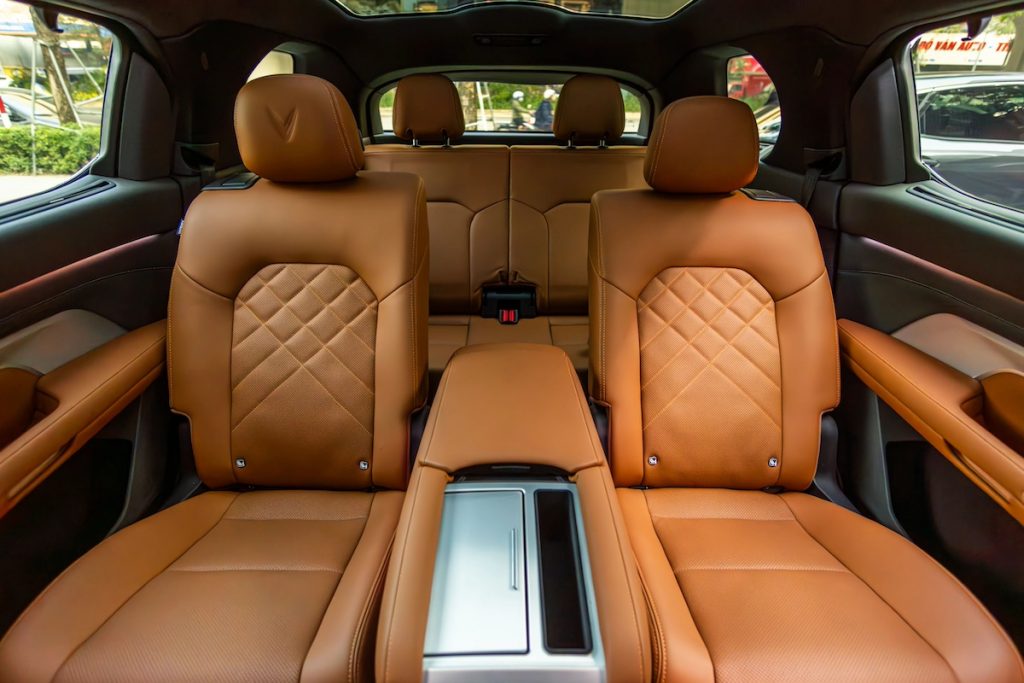
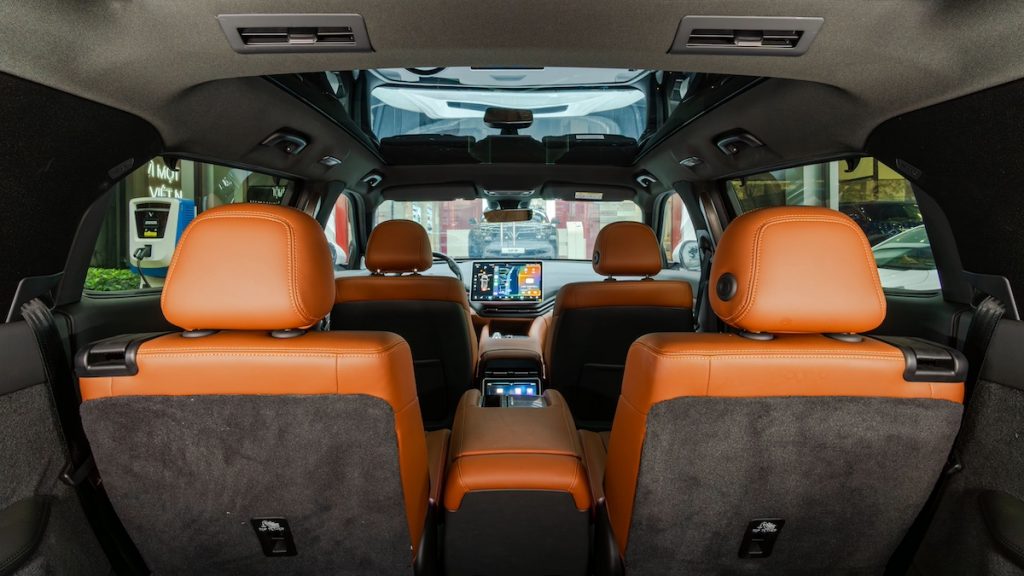
I am particularly excited about the VF 3, a small, boxy vehicle ideal for city driving. While detailed specifications and pricing for the Philippines are yet to be announced, the VF 3’s unique design has generated considerable interest, with Vinfast confirming its local launch this year.
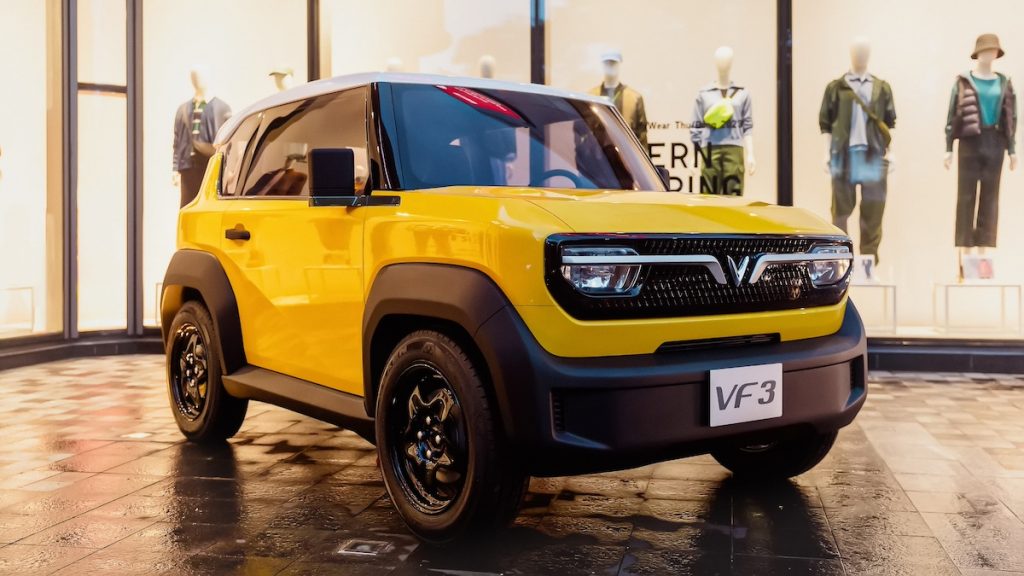
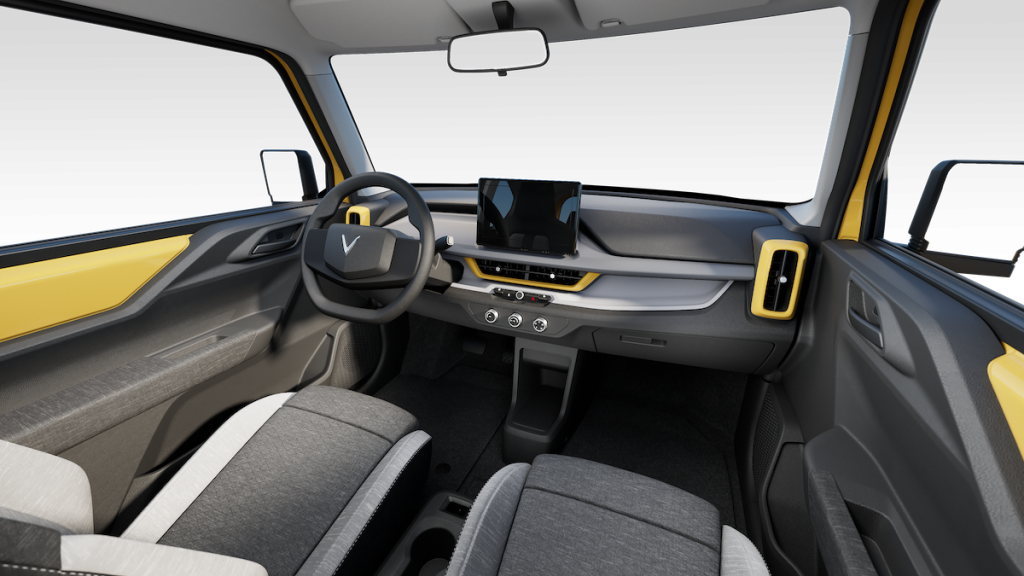
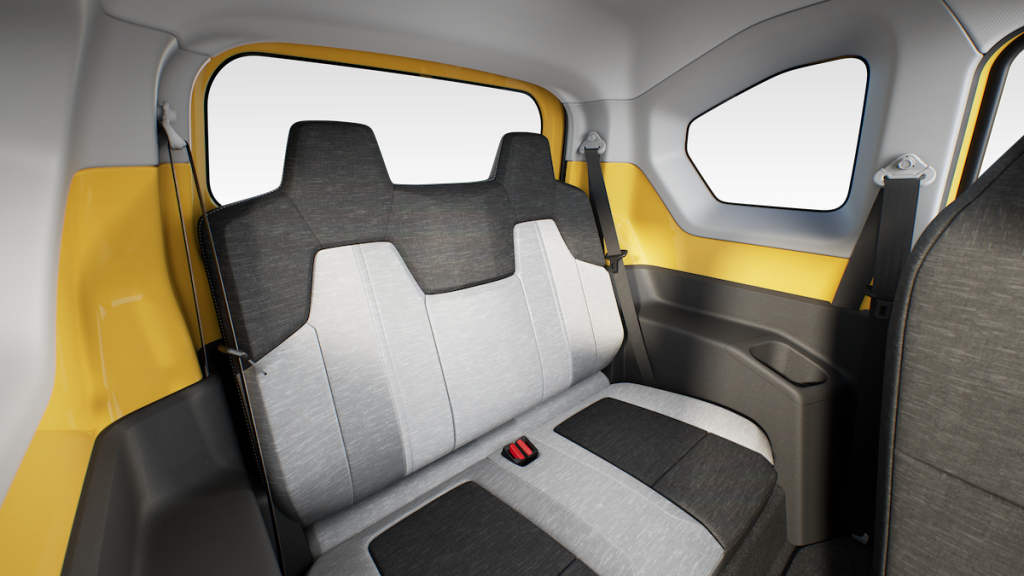
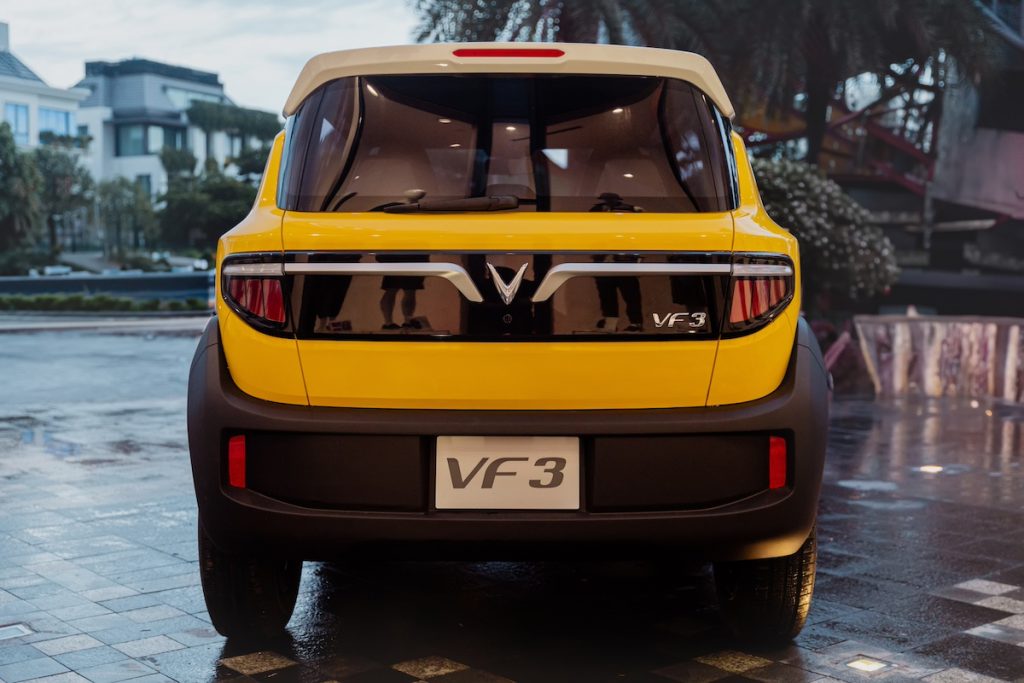
Battery Subscription Program
One of Vinfast’s innovative offerings in Vietnam is a flexible battery subscription program. This three-tiered subscription plan allows customers to lease batteries based on their monthly mileage, reducing the initial vehicle cost.
For example, the VF 3’s battery subscription in Vietnam costs 900,000 VND, or around PHP 2,000 per month for those driving under 1,500 km monthly.
The subscription includes battery replacement; Vinfast commits to replacing batteries when their health drops below 70%, ensuring they are recycled responsibly.
This approach could be a game-changer in the Philippines, as among the major concerns of those EV naysayers are battery lifespan and replacement costs. Then again, the only question now is how Vinfast can compound the cost to buyers, given that most buyers purchase their vehicle through bank financing.
Promising?
As with any new automaker, Vinfast aims to deliver quality products, competitive pricing, and robust after-sales services, including the availability of spare parts. The company is also working with local authorities and stakeholders to establish charging stations across the country. Plus, if the recent ASEAN-NCAP citations are any indication, Vinfast EVs are among the safest vehicles out there.
Of note, Vinfast’s first showroom is currently under construction, and it will be within Metro Manila.
Is this only a case of best foot forward? We have yet to know but I have to say, the positive performance of some of Vinfast’s EVs during the test drive is promising. The key question at this point is: will Vinfast fulfill its ambitious promises?

